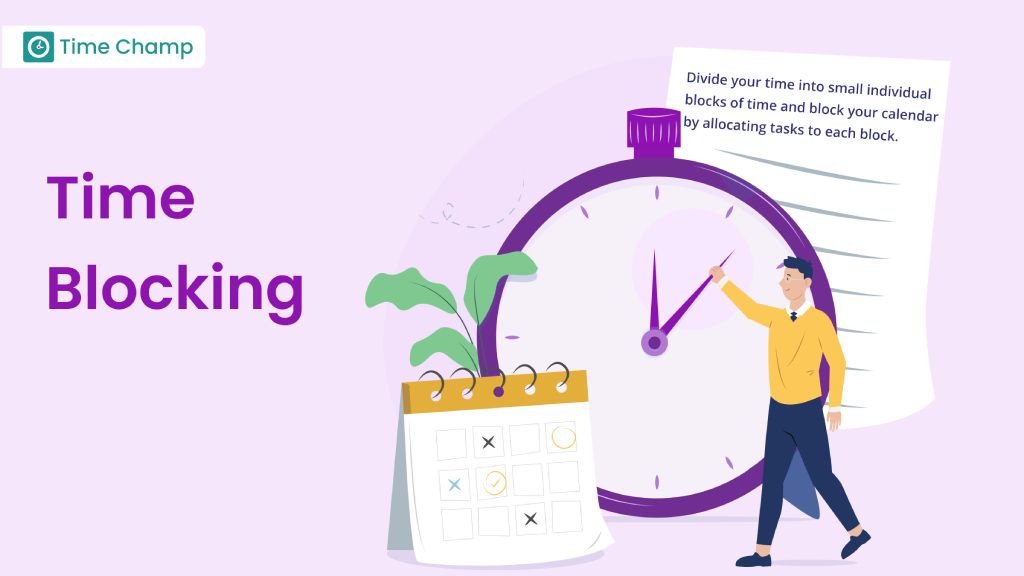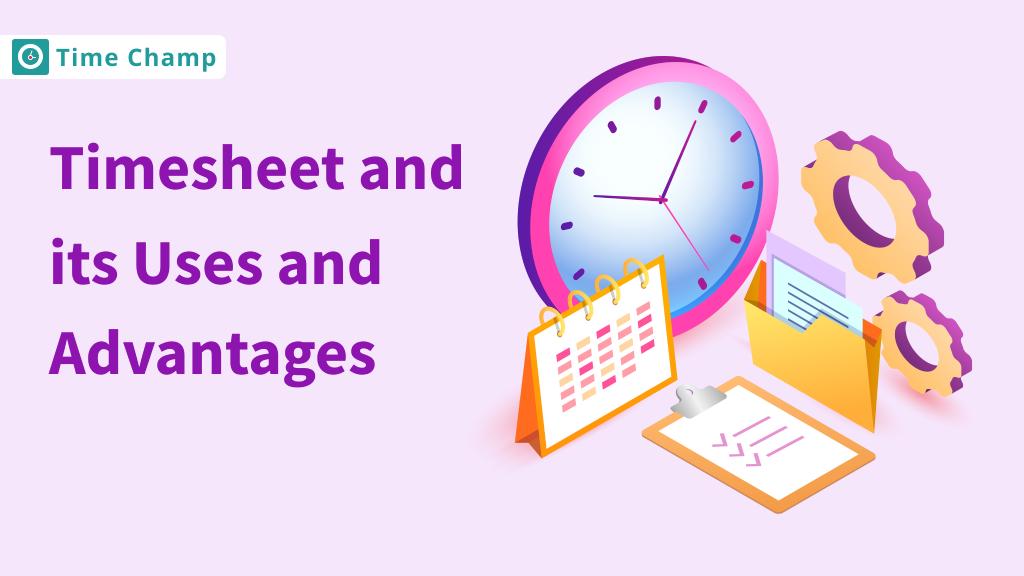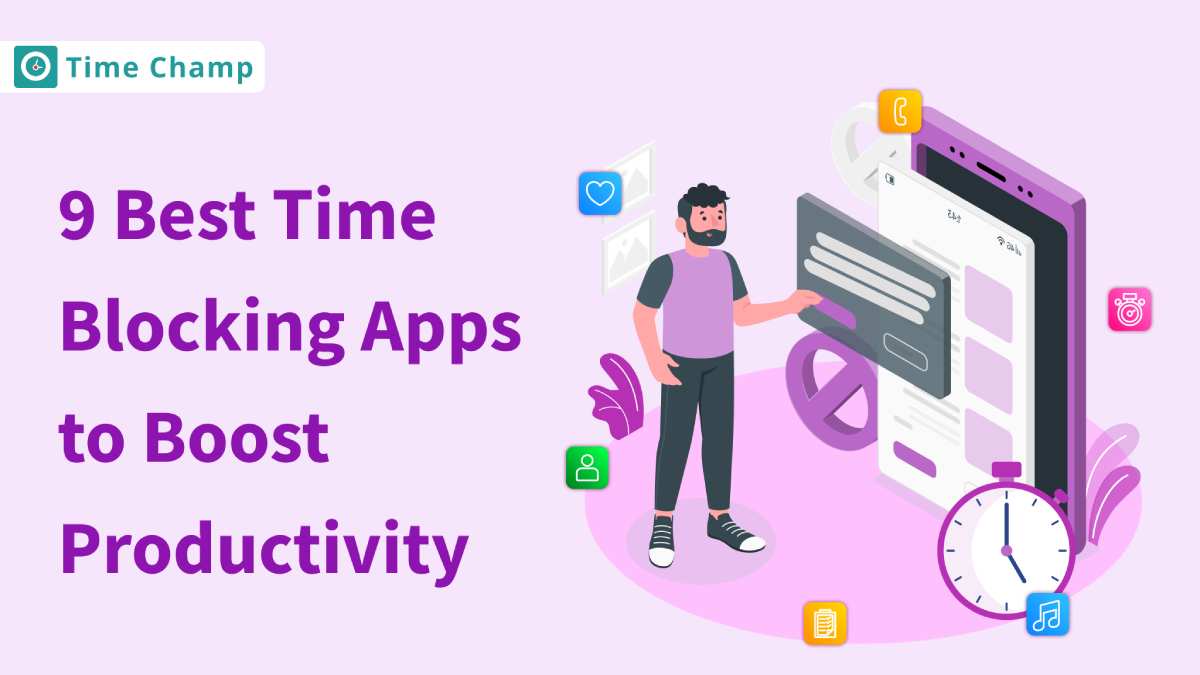Time blocking is like setting up dedicated time on your calendar to focus on one task at a time. But sometimes, things don’t go as planned, and new urgent tasks can pop up. Research shows that about 87% of people now work an extra two hours a day because they keep getting distracted. If you’re having trouble finishing your work on time, this blog will help you learn about time blocking.
We’ll talk about how time blocking works, who is it for, and share some best tips to make your schedule work better for you.
What is Time Blocking?
Time blocking is a time management strategy where you schedule every part of your day into small blocks of time, including eating, sleeping, and work windows. These small blocks make it easier to understand and work effectively on tasks like checking emails, working on tasks, communicating with clients, eating, sleeping, exercising and more according to specifically allocated time.
By blocking your time, you can ensure that you are completing your important tasks and also make sure you are setting some time aside for rest and self-care.
Types of Time Blocking
There are several types of time blocking techniques, here I have mentioned some of them.
- Traditional Time Blocking: Organize your day into specific time slots for a specific task or activity. By planning your schedule ahead, you can set dedicated times for everything on your to do list, making your day more organized and productive.
- Pomodoro Technique: This approach has a slight twist to the time blocking technique where you work in short and focused intervals usually 25 minutes then take a break. After completing several of these intervals (usually four), you take a longer break.
- Time Theming: Schedule some periods of the day for specific subjects or kinds of information. For instance, you can use mornings for creative activities, afternoons for meetings, and evenings for learning.
- Energy Management Time Blocking: Scheduling your day according to your energy. For instance, if you are a morning person, you would allocate your most demanding tasks in the morning and then spend your afternoons working on less intense tasks.
- Batching Time Blocking: Batching time blocking involves grouping similar tasks and assigning specific time blocks to handle them collectively. For instance, you can set aside an hour each morning to handle all your emails and another hour in the evening for any remaining tasks.
You don’t need to follow just one type of this time blocking technique, you can mix and match different types and see what fits you right.
Wondering how to complete a task in a particular time, well there’s a method called time boxing check out for more info on time boxing.
How Time Blocking Works?
If you want to start time blocking, you shall start by creating a time block, organize similar tasks together and allocate a block of time to work on those tasks. There are two essential principles for time-blocking.
- Visually allocate time blocks on your calendar and avoid being interrupted or having other activities at the same time.
- Group related tasks together and schedule them within a single time block.
Think of it this way, you could begin by scheduling a one-hour time block at 9 AM to handle emails. Following that, from 10 AM to 11:30 AM, set aside a block to focus on your primary project for the day, such as reviewing and finalizing a go-to-market deck. At 11:30 AM, allocate another hour for lunch, and continue in this manner.
Calendar blocking helps you set specific time slots for important activities, for instance, replying to emails or working on projects. This approach minimizes context-switching.
To what extent do you constantly look at your inbox between tasks or try to complete a large project while doing other tasks? Time blocking allows you to schedule important activities, which means that during the rest of the time, you can focus on your high-priority work.
Who Should Try Blocking Time?
If you are already trying time-blocking methods and it is not showing expected results then it may not be your cup of tea. Because time blocking may not be effective if your schedule is packed with meetings. However, if you often have free spaces in your calendar, this strategy can help you manage your attention and focus more effectively.
According to Parkinson’s Law, work expands to fill the time available for its completion, so by blocking your time, you can regain control of your calendar and strategically plan your tasks.
Time blocking can be right for you if,
- You are struggling with multitasking.
- Having difficulty focusing on one task and cutting down on distractions.
- Want to be more intentional with your time and energy at work.
- Looking for a clearer view of how you spend your day.
- Facing issues with overworking.
Best Tips to Start Blocking Your Calendar
You cannot start blocking your calendar with just anything that has no purpose and does not contribute to your growth. I am going to tell you some of the best tips so that you can effectively start using the blocking method.
1. Identify What you Need to Work for in a Day
Identify what you need to work on in a day, start by prioritizing the most important tasks first and do not underestimate or overestimate your workload, allocate specific blocks of time for each category, and do not forget to dedicate some time for sleep and personal time.
Make a to-do list of what activities shall be done at what time and accordingly block your calendar.
2. Understand When You are Most Productive
Find out when you are most productive so that you can allocate high-priority tasks at those times so that the outcome can be more effective.
If you don’t know when you are highly productive, think about the times when you feel most productive. Do you feel highly energized in the morning? And sleepy in the afternoon? Then try shifting all your tasks that require more energy to the morning and place those tasks which require less energy and focus in the afternoon like answering emails and clearing notifications.
3. Create a Schedule for Your Time Blocks
After knowing your productive hours, you can move forward and schedule your time blocks. Keep your priorities in mind and schedule accordingly for each batch of tasks in the calendar.
It’s alright to have more than one time block for a task so that you can rework the same thing twice a day.
If you are having trouble creating time blocks, you can use our time blocking templates.
4. Allocate Blocks for Personal Time
Time blocking does not mean you should only schedule your time for tasks and projects. You should give importance to your personal time and mental health as well. Just like scheduling dedicated time for work-related activities, create time blocks for personal activities as well, this will help you stick to the schedule and focus better on yourself and your family.
5. Allow for Flexibility and Interruptions at Work
Blocking time won’t help you stay efficient if you don’t have room for any surprise work in a day. These unexpected works can include, tasks that need immediate attention and last-minute meetings. If you want to be able to engage with these last-minute tasks, and also you don’t want them to totally distract you from the rest of the work.
If you are facing this problem, make sure to set aside a particular block of time for these unexpected guests.
6. Plan for the Lost Time and Adjust Accordingly
If your time got lost, do not get tense, it’s ok. It’s fine to lose some of your time but not all of it. You might get caught up with something very important that you cannot avoid like a high-priority call or message, then try snoozing your device notifications or put on Do Not Disturb and blend in with the deep work.
Plan for the lost time accordingly and adjust your time blocks, optimize what works and remove the strategies that do not help you feel productive.
Know more:
Conclusion
In conclusion, time blocking is an effective method that can boost your daily performance if applied properly. Focus on getting things done instead of losing time and energy on prolonged tasks which does not add any value to your work. Choose which time-blocking method fits you the best, use the tips discussed, and make the best calendar for yourself.
Creating a time block is a great start, but sticking to it is where the magic happens. Stick to your calendar and watch how your time management and performance improve.






